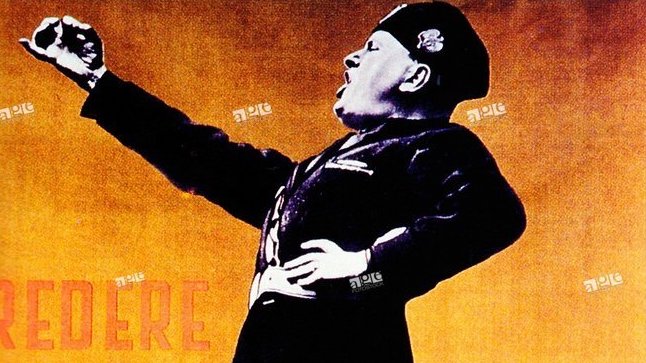If you visit the Hotel du Lac, an inexplicably French-named bed and breakfast catering to German and British on the shores of Lake Garda, in Italy, you will likely see some of the hotel’s collection of decorative inter-war travel posters, interspersed with the proprietor’s family’s wartime memorabilia. There is one from the 15th International Congress of Students in Venice: late summer, 1933: in high Brutalist style.
Login to read more
Sign in or create a free account to access Subscriber-only content.
Topics:
